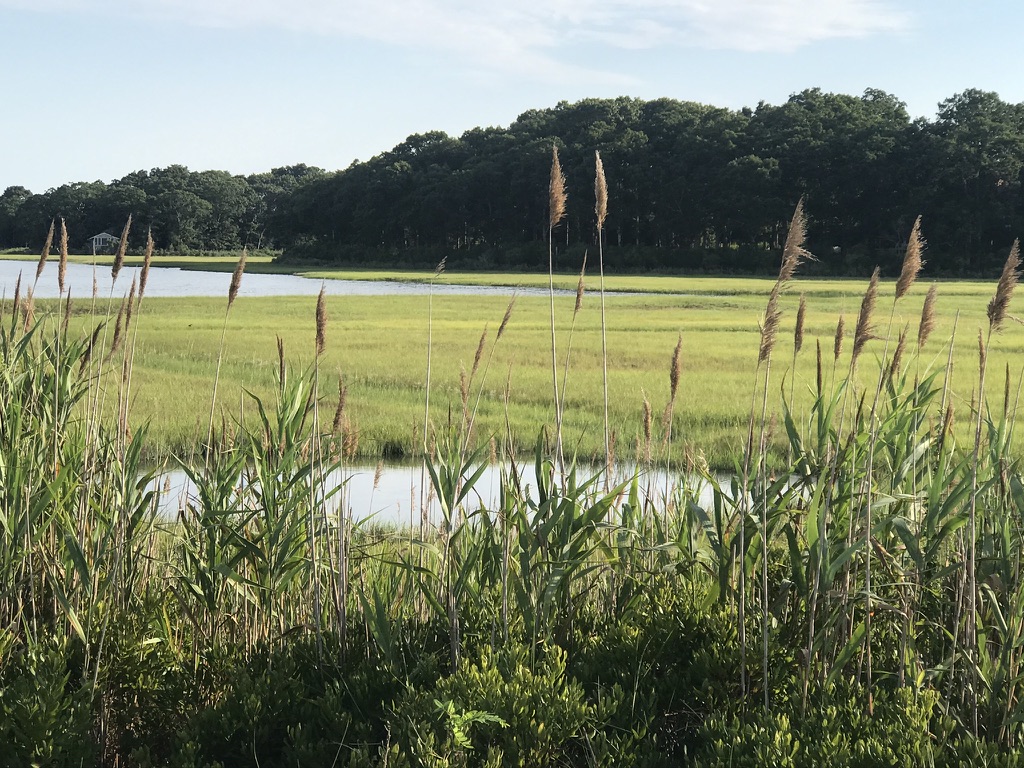
27 East / June 18th, 2024
Two members of the East Hampton Town Trustees attended the Springs Citizens Advisory Committee meeting on Tuesday to appeal for volunteers to help them in an ongoing project that has reduced the aerial application of mosquito larvicide over Accabonac Harbor in recent years.
Patrice Dalton, who is also a member of the committee, and John Aldred told the gathering at Ashawagh Hall in the hamlet on June 18 that the Trustees have conducted larval sampling since 2018 and have continued in the ensuing years. By determining where mosquito larvae are and where they are not, the Suffolk County Department of Public Works Division of Vector Control has reduced its use of methoprene, a larvicide, and allowed targeted rather than blanket application.
During the summer months, the county typically applies mosquito larvicide via helicopter over areas including Cedar Point County Park in East Hampton and Napeague and Beach Hampton in Amagansett. While products used by the Vector Control Division are registered by the federal Environmental Protection Agency and the State Department of Environmental Conservation, and are applied in accordance with the required state and federal permits, use of methoprene in the town and elsewhere is controversial.
Environmentalists, scientists and many elected officials believe the larvicide is harmful to nontarget species including lobsters, crabs and fish.
“We want to talk about how we can staff this in 2024,” Dalton told the committee.
With minimal volunteers, the trustees are now focusing on the area between the Merrill Lake Sanctuary and Gerard Drive, Aldred said, and instead of weekly sampling are now conducting their surveys every other week around the full and new moons, when the tide is highest.
The program is not open-ended, he said. The trustees are working with The Nature Conservancy to identify larval hotspots and modify them to improve drainage, which is expected to reduce the amount of breeding. “A lot of it takes place on very high marsh where water gets trapped and isn’t able to go out with the tide,” he said.
Grant funding is being sought, he said. The goal is a marsh “that has very little breeding activity and needs minimal treatment over the coming years.”
Sampling began last week, and is to resume on June 21 or June 22, twice in July and twice more in August, and on September 3.
Aldred asked that anyone interested in helping in the effort call the Trustees’ office at 631-267-8688. Volunteers will be trained to check for larvae, count them, and load and submit data to the vector control division.
The effort will be educational, said Loring Bolger, the committee’s chairwoman, and volunteers will “meet great people who are interested in environmental causes.”
Christopher Walsh / 27 East / East Hampton

Community Service: College bound students who have an interest in marine science or biology have been volunteers in the past. If you are a college student who is majoring in these areas of study, the Trustees would welcome you to work on this project. A community service certificate is available from the Trustees at the end of the season.